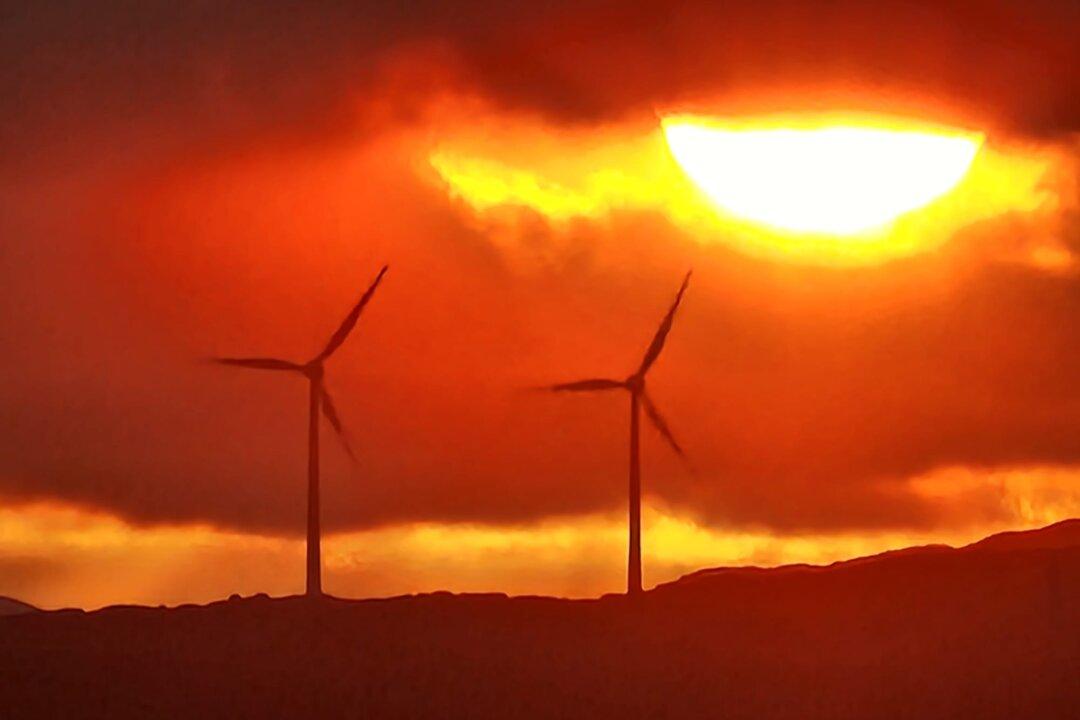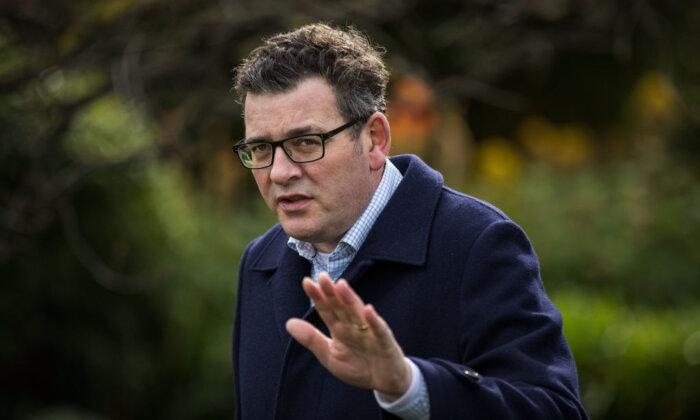To achieve net zero, Australians could be facing power bills that are 20 percent to 35 percent higher over the next 10 years, while real whole prices could increase 5 percent to 15 percent.
A report by financial analysis firm Moody’s notes the nation will require a major investment across the next decade to pursue net zero by 2050.
“We project Australia’s National Electricity Market will see investment in the order of $150 billion to $190 billion (US$95 billion to $120 billion) through to 2035 in real terms,” the report states.
The analysis, obtained by The Epoch Times, states Australia is an attractive investment destination, but power prices will “likely rise” to pay for this investment.
“This could lead to increased social risks if customers are asked to foot higher energy bills. At the same time, the execution and partial debt-funding of this investment will pressure the credit quality of Australia’s power companies,” it said.
The report notes the “immense scale” of the carbon transition will make achieving targets challenging.
Analysts explained the multi-billion cost projection excludes inflation and would represent 0.7 percent to 0.9 percent of gross domestic product (GDP) per year.
More Taxpayer Dollars could Be Required
Moody’s outlined the rising power prices of up to 35 percent would be required for utilities to maintain their credit quality and noted more government funds may be needed to promote affordability.“Whilst we expect Australian governments to have the fiscal capacity to provide further funding, [utilities] are facing significant spending pressures. Such may result in a reprioritisation of government support for the transition, and lead to a delayed rollout or weaker credit metrics for the utilities,” the report states.
Coalition Say Labor’s Renewable Plan is ‘Reckless’
In response to the report, Shadow Minister for Climate Change and Energy Ted O'Brien raised concerns about the high cost of renewable energy.“Moody’s latest report confirms that over the next decade as Labor’s reckless energy plan could cost Australian’s up to $230 billion,” he said on Feb. 7.
O'Brien claimed the federal government’s “renewables only approach” was forcing families and businesses to the wall and leading to higher power bills.
However, Bowen told parliament on Feb. 5 that the Albanese government had provided support to Australians on power bills.
Bowen Defends Government on Power Bills
Bowen told parliament that the Labor government had added 15 gigawatts of renewables to the electricity grid since coming to office.“The interesting thing about the 15 gigawatts of new renewable energy that’s been added in the last three years is that that’s more than the opposition would add in nuclear power by 2050. We’ve added more in three years than they would need the next 25 to deliver,” he said.
“The vast bulk has come from private companies, facilitated by government policy but funded by the private sector, because on this side of the House we—the prime minister, the treasurer, and I—have the view that, if the private sector can do something, they should do it, not the taxpayer. That’s what we think on this side of the House.”
The Australian Labor Party is pushing for 82 percent renewables by 2030, in contrast to the Liberal Party’s policy of including nuclear and gas in the mix.







